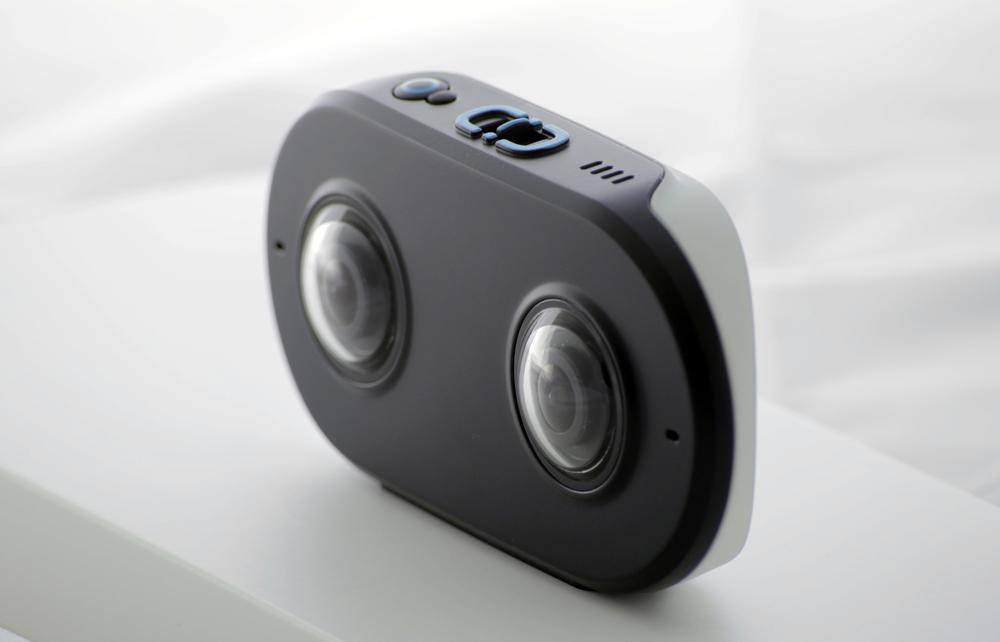Depth sensors for mobile phones are becoming increasingly common in modern smartphones. These sensors enable advanced depth-sensing capabilities, such as depth mapping and 3D scanning, which enhance augmented reality (AR) applications, portrait photography, and various other features.
Most common depth sensor technologies used are,
- Time of flight
- Stereo vision
- Structured light
Time-of-Flight sensors emit infrared light pulses and measure the time it takes for the light to bounce back after hitting objects in the scene. This information allows the sensor to calculate the distance to different points in the environment, creating a depth map. This depth map can be utilized for various purposes, such as creating bokeh effects in portrait mode, accurate object recognition in AR, and precise depth-based measurements.
Depth sensors offer several benefits for mobile photography and augmented reality experiences:
Portrait Mode:
Depth sensors enable smartphones to accurately separate the subject from the background, creating a pleasing bokeh effect that blurs the background and highlights the subject.
Augmented Reality:
Depth sensors provide precise depth information, allowing virtual objects to be placed accurately in the real world, leading to more realistic and immersive AR experiences.
3D Scanning:
By capturing depth information from different angles, mobile phones with depth sensors can create 3D models of objects or even entire rooms, which can be useful for applications like interior design, gaming, and virtual reality.
Improved AR Face Filters:
Depth sensors help in identifying facial landmarks accurately, enabling more realistic and precise application of AR face filters and effects.
It's worth noting that not all mobile phones have depth sensors, as they are typically found in higher-end or flagship devices. However, as technology advances, depth sensing capabilities may become more prevalent across a wider range of smartphones.





0 Comments